Connecticut, known as the “Constitution State,” boasts a rich architectural heritage that reflects the state’s diverse history and cultural influences. From colonial-era cottages to grand Victorian mansions, Connecticut’s residential architecture tells a captivating tale of innovation, adaptation, and cultural exchange. In this post, we embark on a journey through time, exploring the evolution of Connecticut’s residential architecture and delving into the historical and architectural insights offered by two essential books:
- “A Field Guide to American Houses (Revised): The Definitive Guide to Identifying and Understanding America’s Domestic Architecture”, and
- “Early Connecticut Houses: An Historical and Architectural Study.”
Colonial Roots: The First Settlers’ Legacy
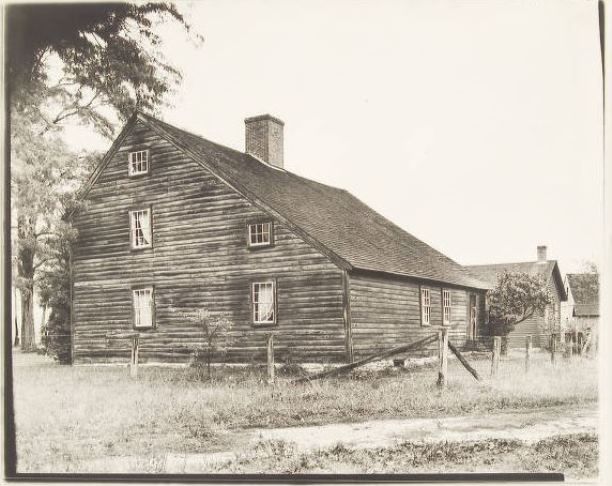
We begin our tour Connecticut’s architectural story with the arrival of English settlers in the early 17th century, though there were certainly structures here before that time. “Early Connecticut Houses” serves as our guide to this formative period. Authored by J. Frederick Kelly, this seminal work explores the construction techniques and design principles of the earliest Connecticut houses. It unveils the influence of English architecture on colonial Connecticut, with timber-framed structures, steeply pitched roofs, and central chimney stacks being characteristic features.
Federal Style Elegance: From the Revolutionary War to the Early Republic
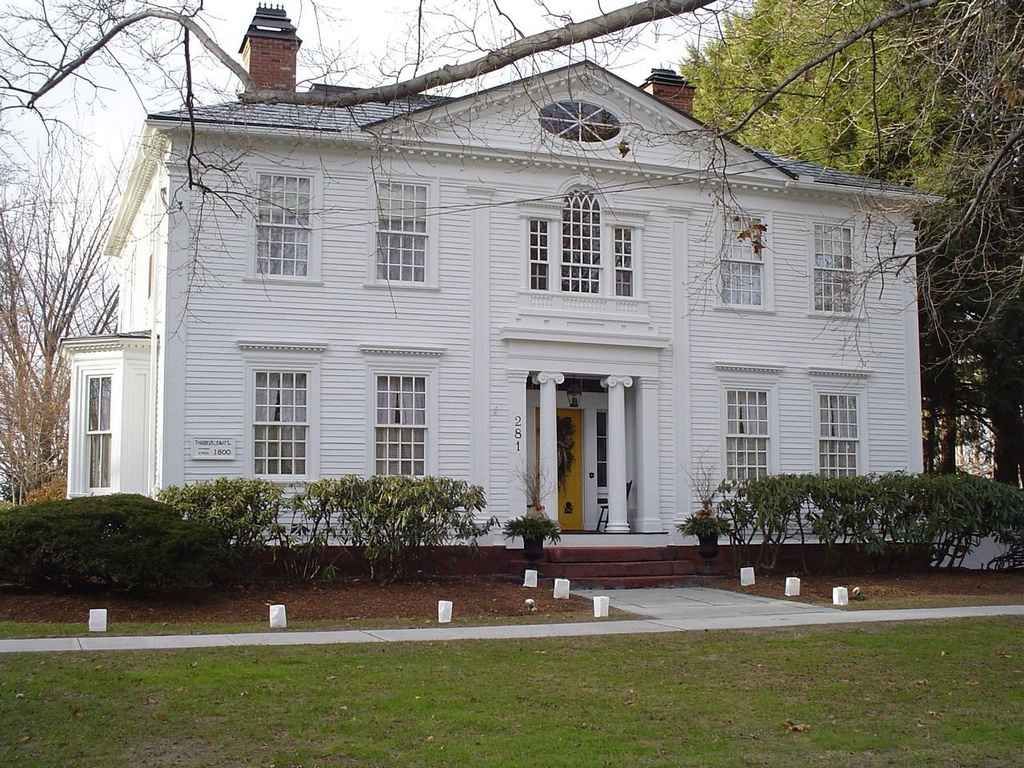
As the young nation gained independence and entered the Federal period, Connecticut’s residential architecture evolved. “A Field Guide to American Houses” by Virginia Savage McAlester offers valuable insights into the Federal style, which gained popularity during this era. Connecticut’s prosperous merchants and professionals embraced the refined elegance of this architectural style, characterized by symmetrical facades, fanlights, and Palladian windows. Fine examples can be found in towns like New Haven, Hartford, and Middletown
Greek Revival: Embracing Democracy and Classicism
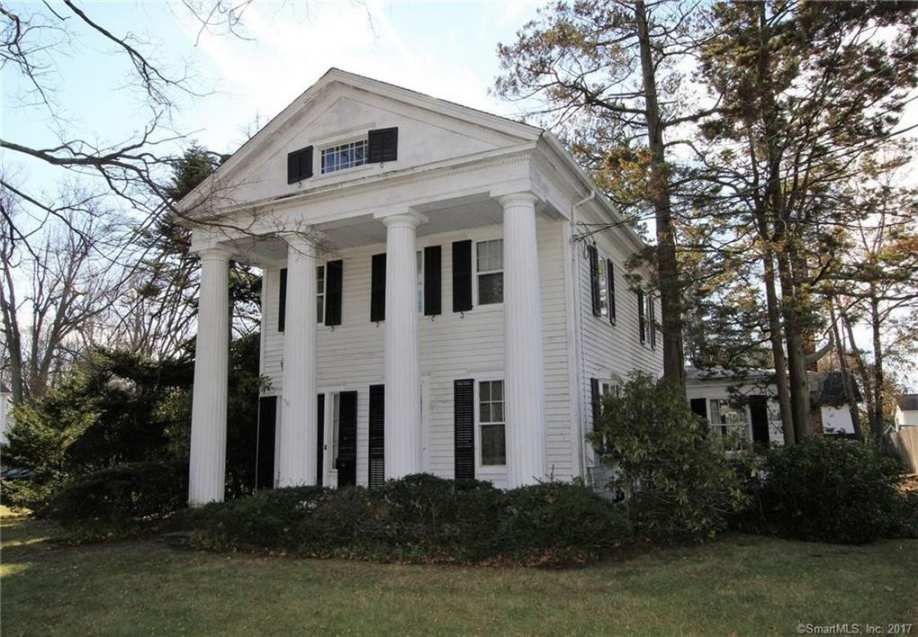
Victorian Extravaganza: Ornamentation and Eclecticism
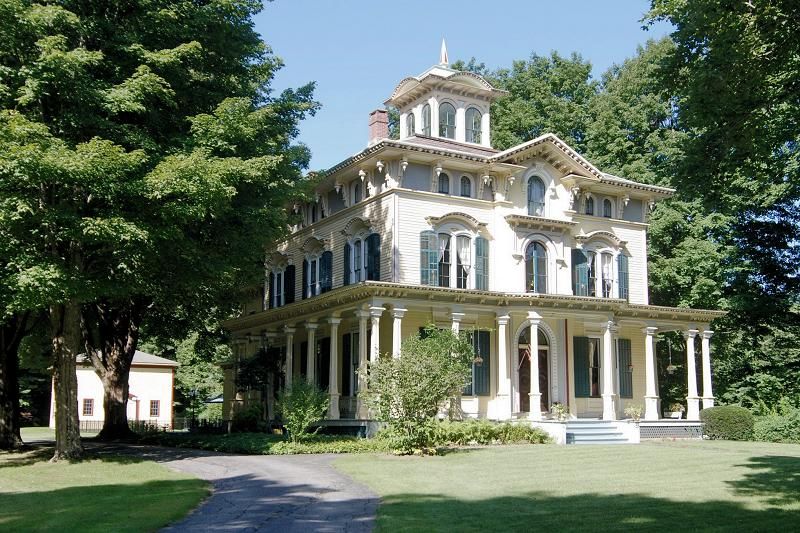
The Victorian era witnessed an explosion of architectural styles, and Connecticut was no exception. As the state’s industrialization surged, wealthier residents sought to display their prosperity through opulent and eclectic designs. “A Field Guide to American Houses” helps us identify the various Victorian styles that flourished in Connecticut, such as the Italianate, Second Empire, and Queen Anne styles. Mansions with ornate details, asymmetrical facades, and elaborate porches can still be admired in historic neighborhoods like Hartford’s West End and New Haven’s Wooster Square.
Modernism and Beyond: Embracing the 20th Century
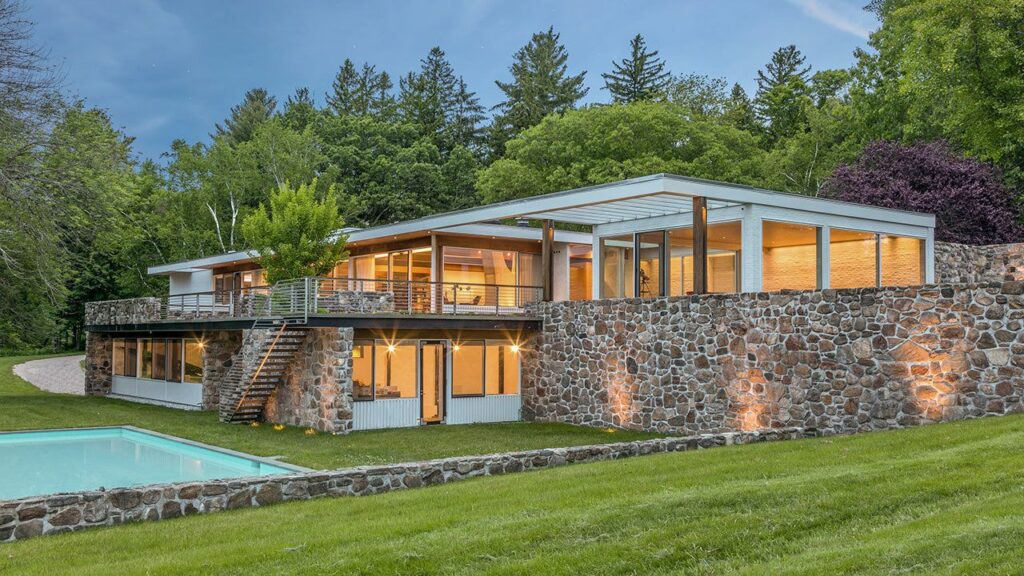
The 20th century brought new architectural movements to Connecticut, with the Modernist style leaving an indelible mark. Architects like Marcel Breuer and Eliot Noyes made significant contributions, designing functional and sleek residences that embraced modern materials and minimalist aesthetics. While these developments are not covered in the referenced books, they highlight the state’s continued architectural innovation.
And so,
Connecticut’s residential architecture reflects a tapestry of historical influences and cultural shifts. From the early Colonial period to the modern era, the state has embraced architectural styles that mirror its inhabitants’ aspirations, cultural values, and changing socioeconomic conditions.
For more information, you should take a look at “A Field Guide to American Houses (Revised): The Definitive Guide to Identifying and Understanding America’s Domestic Architecture” and “Early Connecticut Houses: An Historical and Architectural Study”. Both are wonderfully illustrated and worth the time!
